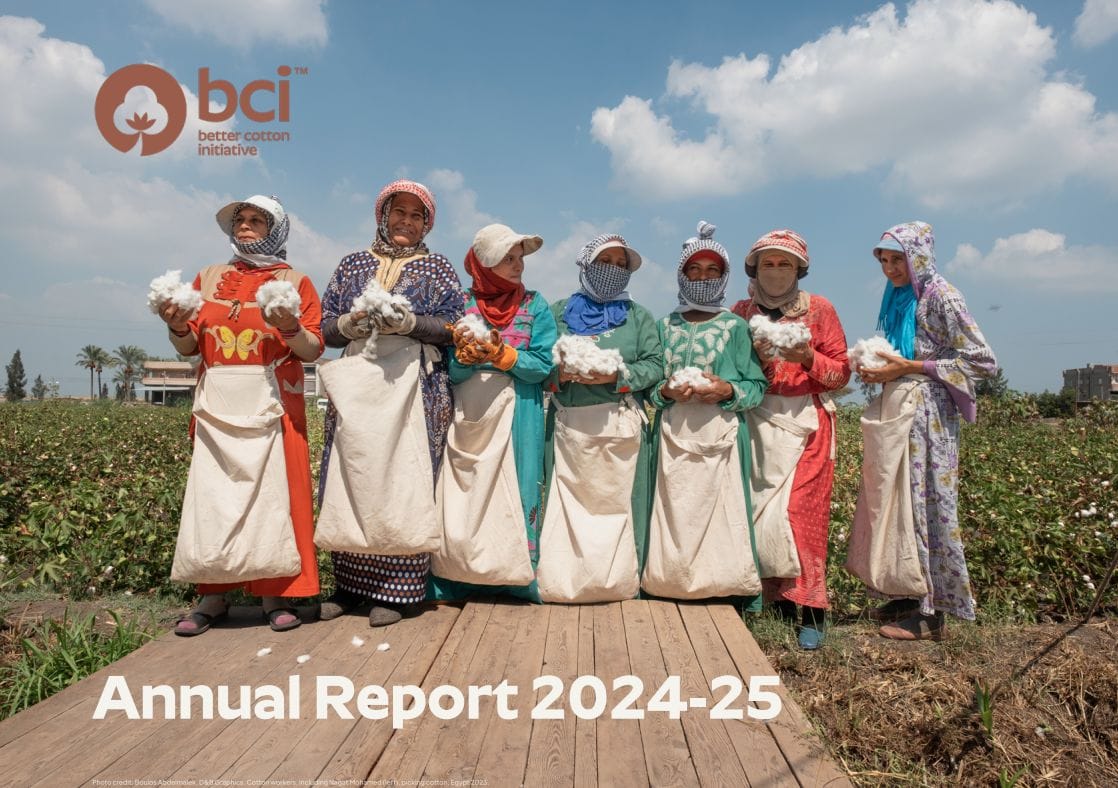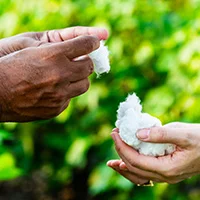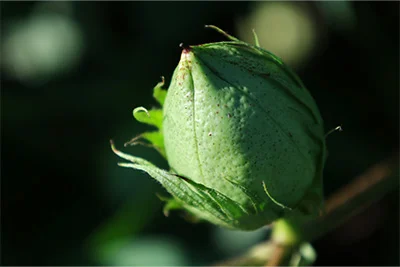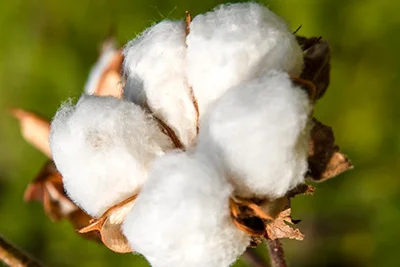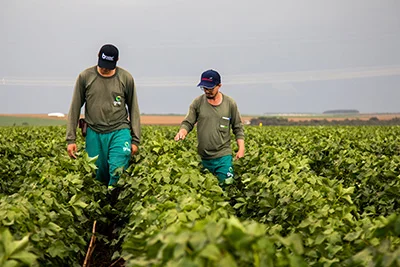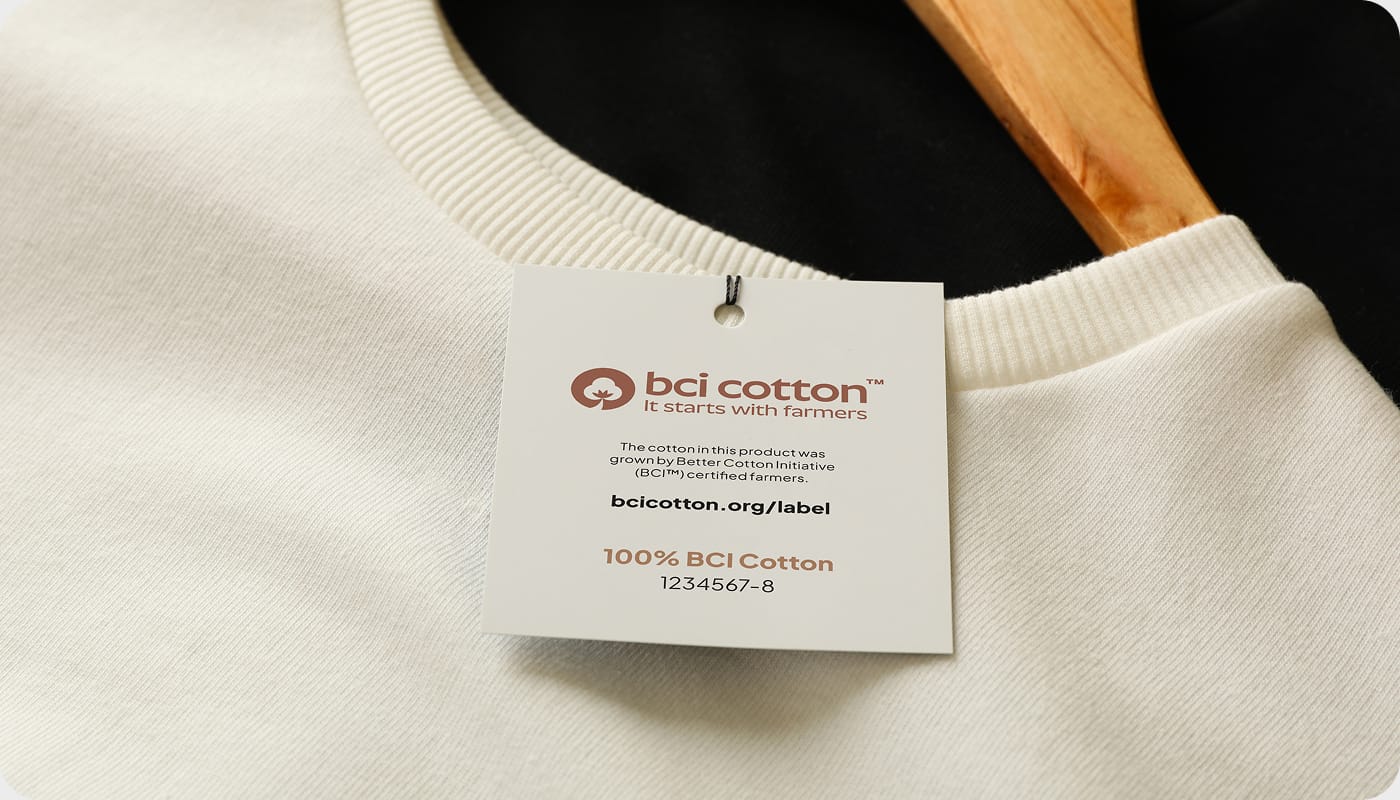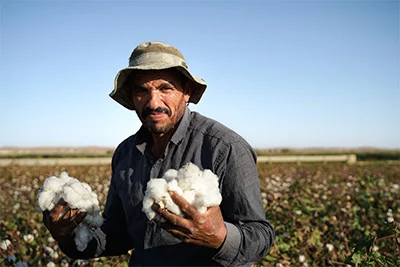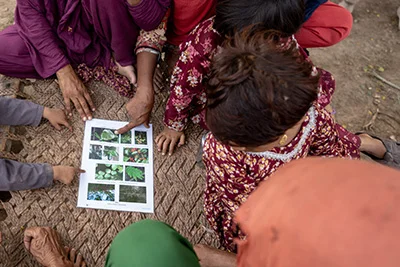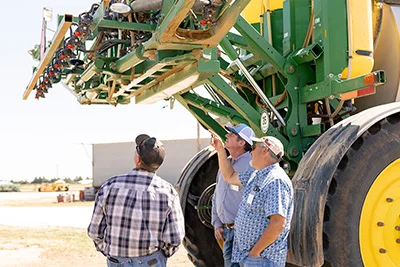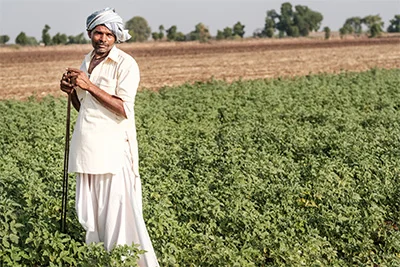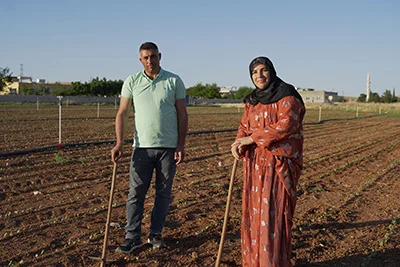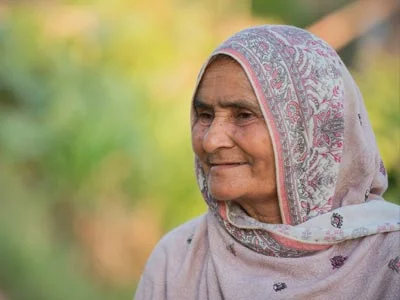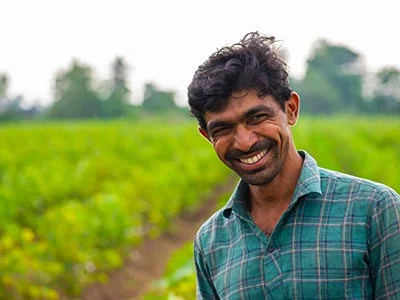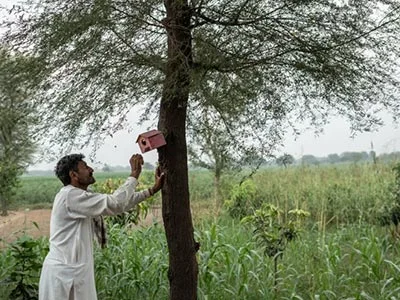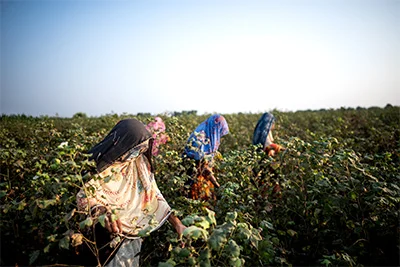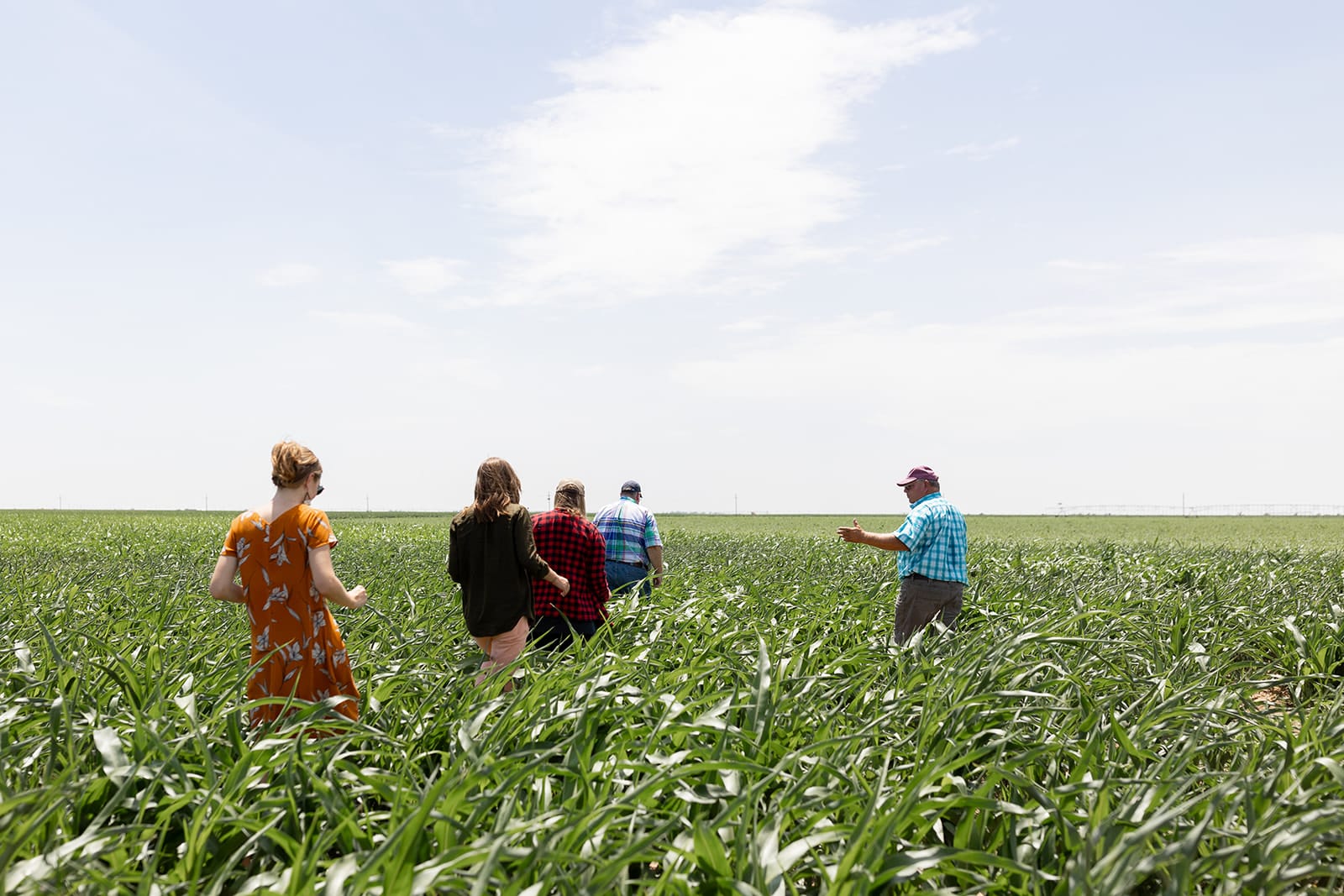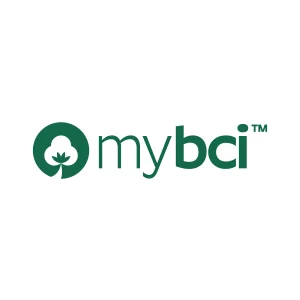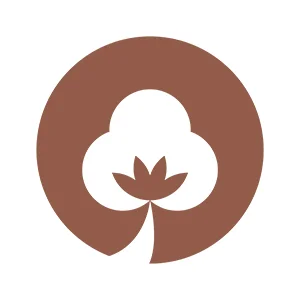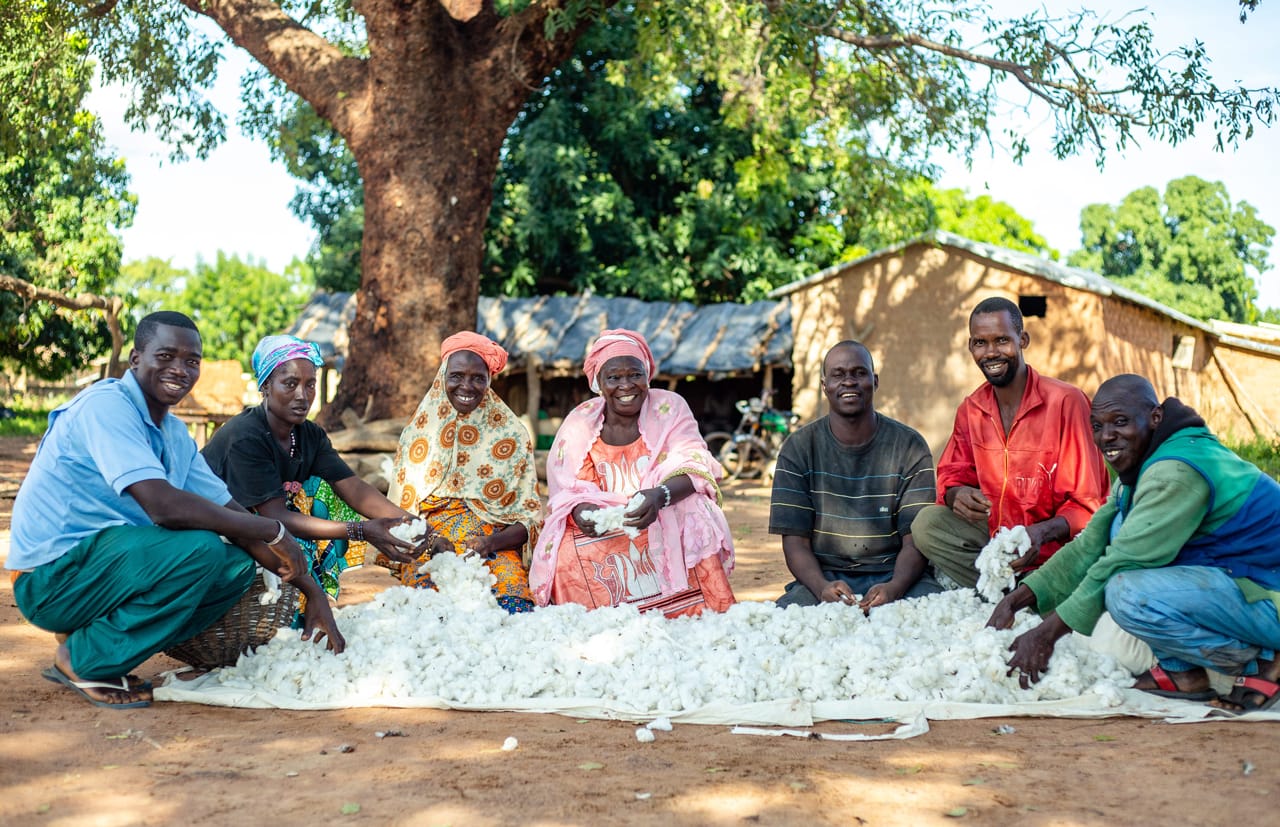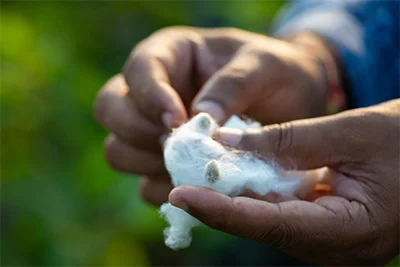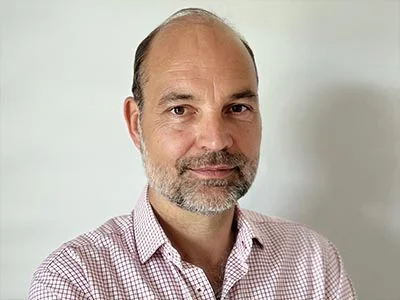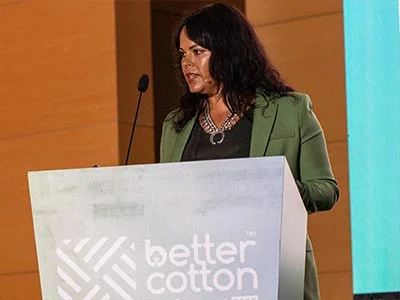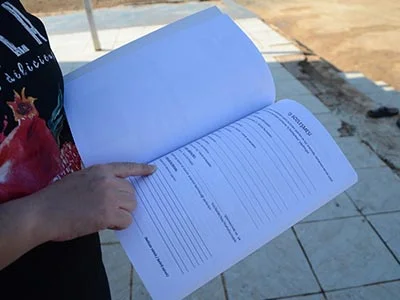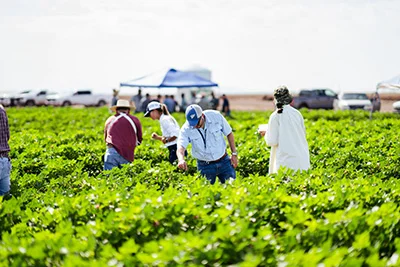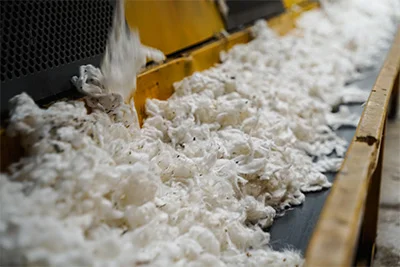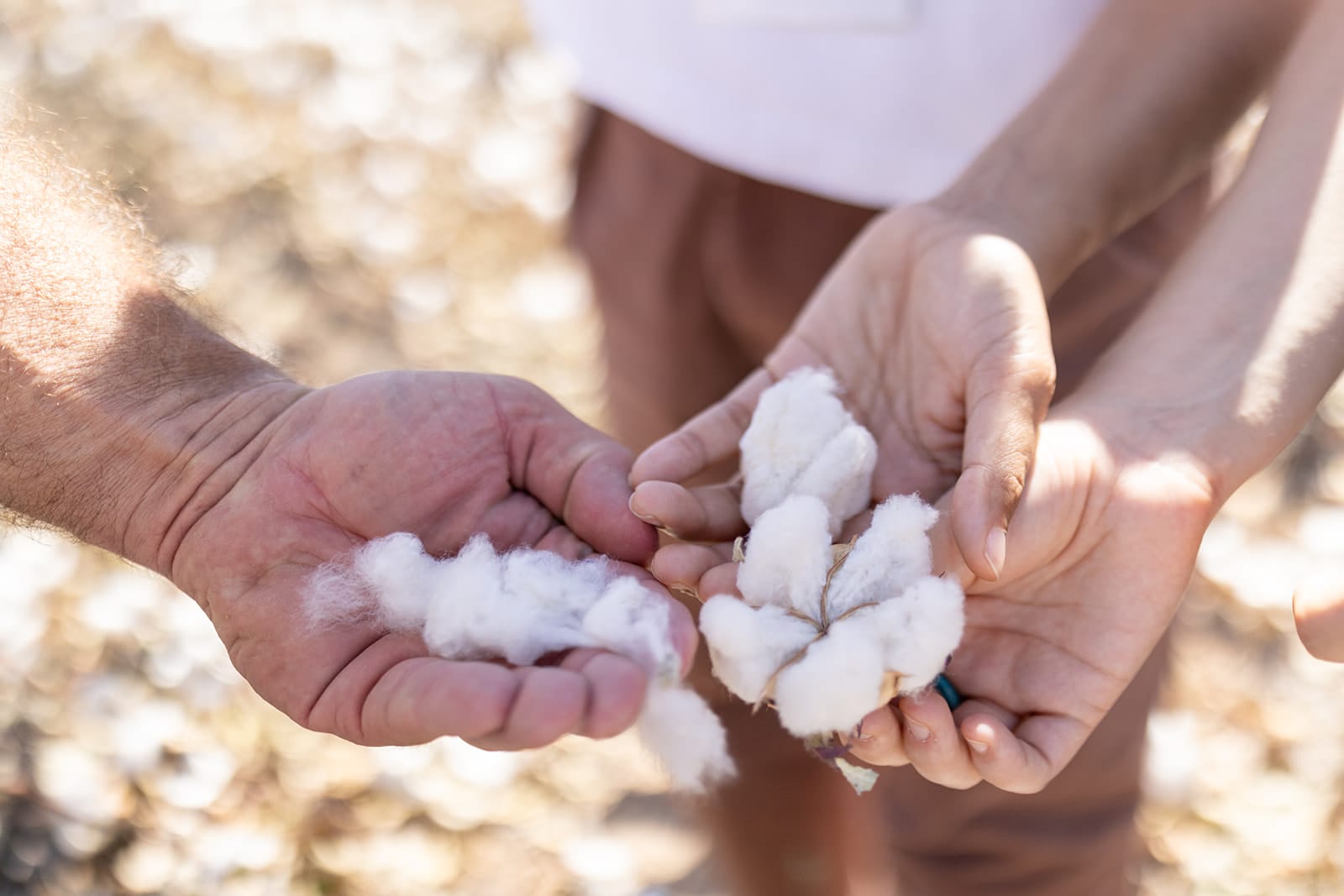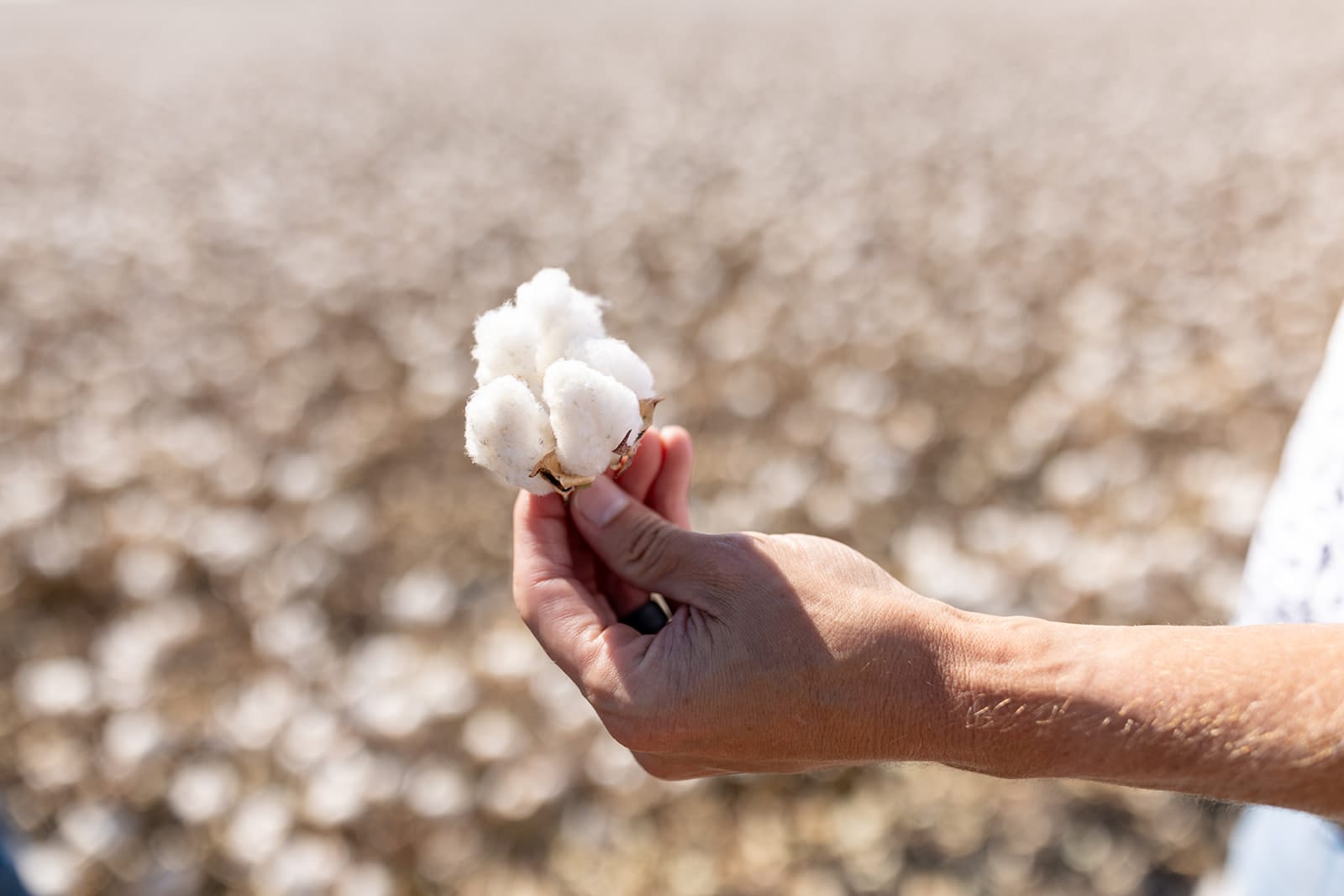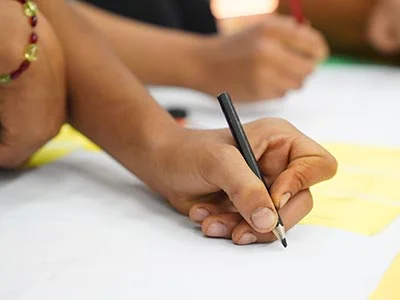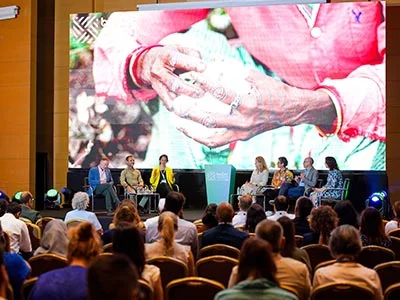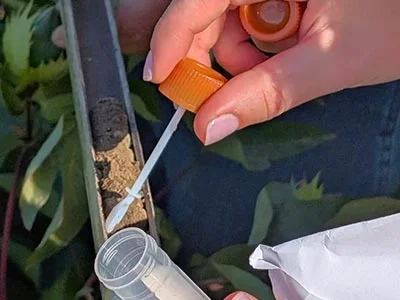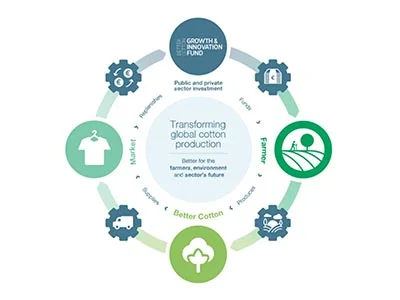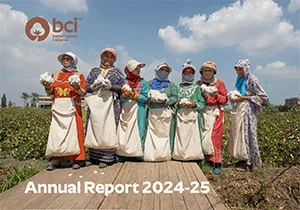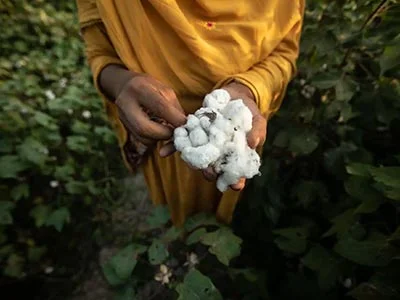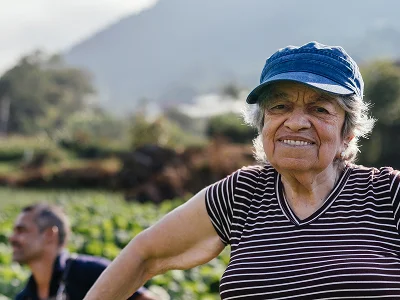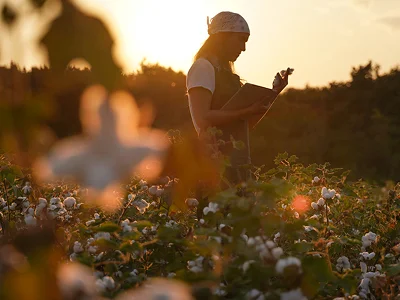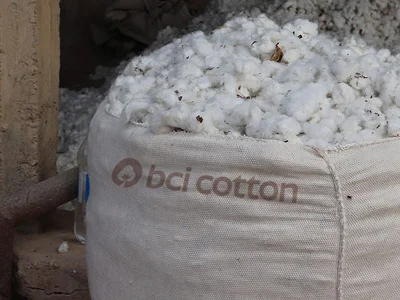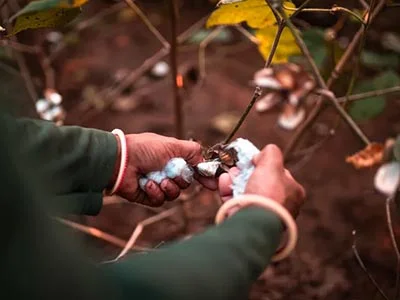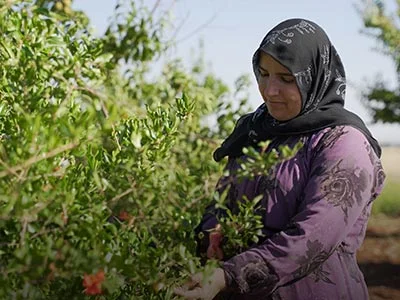04.11.13 Solidaridad
www.solidaridadnetwork.org
The Implementation of Better Cotton by Solidaridad in the Mali project began in collaboration with cotton company, Compagnie Malienne pour le Development des Textiles (CMDT) and the Association des Productuers de Cotton Africain (APROCA) in the Koutaiala district of the Sikasso region in 2010. Cotton production from this region represents one-third of the country’s national seed cotton output.
After three years of implementation, the Better Cotton Initiative (BCI) project has exceeded all projects for trained producers and seed cotton production. The percentage of farmers earning a Better Cotton license through working with producer learning groups now exceeds 95 percent. Major results achieved by the project include improvements in skills levels of field agents and farmers in good agricultural practices.
Since 2010 Solidaridad helps small farmers in Mali to produce according to the The Better Cotton Initiative (BCI) principles. These principles are about growing cotton in a way that reduces stress on the local environment, and improves the livelihoods and welfare of farming communities, with the aim of creating long-term change.’ After three years the project has grown and now reaches 32.500 farmers of which more than 95% are licensed by BCI to sell their cotton as Better Cotton, which is especially interesting for international brands and retailers.
Other achievements are:
» the reduction of average treatments on cotton plots from 7 to 13 season (Pesticide sprayings is 17% decrease compared to farmers who are not in the program);
» increases in producer incomes through reductions in production costs (16% profitability increase on cotton); improvements in cotton quality through training in improved harvest and storage techniques as well as; use of cotton harvest bags to avoid contamination;
» and a decrease in incidence of child labour and increased participation of rural women in training, particularly in leadership skills.
Major achievements for women
To compensate for the low participation by women, Madame Tata Coulibaly (National BCI Coordinator from APROCA,) initiated leadership training to enable the women to participate and claim their rights in the cotton sector. During the 2012/2013 season, she organised leadership training for 300 women and before the season was over, the women began participating in meetings with men. One of the major achievements for the women who attended the training is the acquisition of self-confidence and self-esteem.”The women now perceive their roles better as agents of change and are prepared to mobilise to become more visible through the creation of pressure groups in their villages. This means that the influence of women on decisions that are taken by men in the village is advisory. But women no longer want to be limited to an advisory role only and going forward want to contribute to decisions in a meaningful way,” said Madame Coulibaly. During the training, women expressed their gratitude to Madame Coulibaly. One of the beneficiaries, Mrs Rokiatot Traor√© of Tonasso village said; ”we are now aware of the fact that we are true agents of change at the village level. Before, we knew the dangers of pesticides, but not up to this level and importantly, we did not know that we could produce cotton with little or no insecticides,” she explained. The project prize was awarded to, Madame Coulibaly, who was invited to the BCI annual workshop organized in Singapore on September 23-24 this year, where she was presented with her prize of a computer tablet. Her efforts to promote gender equality through the training rural farmers in Mali that included top textile industry retailers were lauded by the BCI Secretariat, which organises the competition every year.
You can read the winning entry to the Better Cotton 2013 “Stories from the Field’ competition byclicking here.

